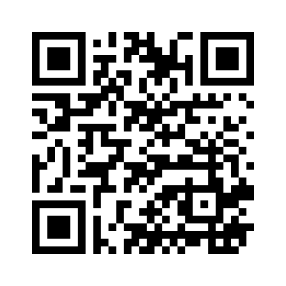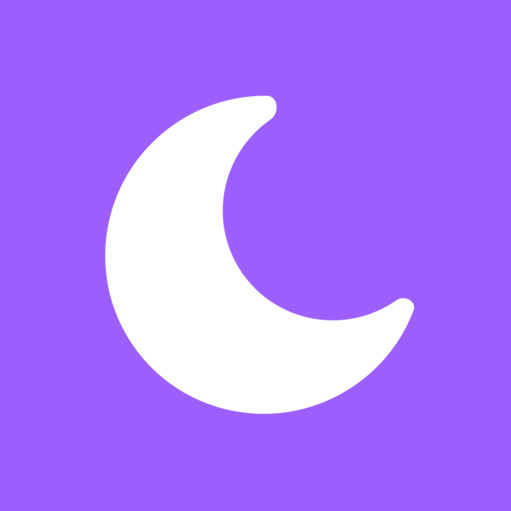The Silent Classroom of Sleep
Every evening, as consciousness loosens its grip, the brain slips into a private classroom. During this quiet session electrical storms fade, background noise dies down, and space opens for yesterday’s lessons. Scientists first glimpsed the effect in rodents, yet human neuro‑imaging soon confirmed it: when the eyes dart beneath closed lids, the same neural ensembles that fired during daytime studies ignite again. That synchronized echo, called memory replay, is a rehearsal without spectators, and it marks the first step from short‑term storage to durable knowledge.
Hidden Replay Between Hippocampus and Cortex
The performance unfolds on two intertwined stages. The hippocampus, a curved structure deep in the temporal lobe, sends out sharp‑wave ripples that carry the sketch of a memory. The neocortex listens, adds context, and weaves each fragment into broader knowledge. A 2024 report in Current Biology traced high‑frequency cortical ripples locking step with hippocampal bursts during REM episodes, a choreography that predicted stronger recall the next morning. When researchers disrupted those ripples, spatial accuracy collapsed, highlighting their functional necessity. citeturn0search0
Emotions Set the Agenda
Yet the sleeping mind does not archive every trace. Emotion acts like a highlighter, deciding what deserves shelf space. The amygdala, hub of fear and desire, remains surprisingly active in REM. At the same time stress hormones stay low, allowing us to revisit painful scenes in a safe simulation. Work from the University of California, Irvine in 2024 found that nights rich in vivid dreaming preserved emotionally loud memories while softening their sting, a dual outcome that boosts adaptation.
From Slow Waves to REM: A Symphony of Stages
Memory consolidation unfolds in waves. Non‑REM stage N2 welcomes spindles that stabilize declarative facts. Deep slow‑wave sleep then clears metabolic waste and sets a timing framework. Finally, REM dreams blend the edited files with emotion and context, creating flexible knowledge you can use creatively. Because later REM periods lengthen toward dawn, cutting sleep short slices off the final acts, the very segments most responsible for integrating what you learned with who you are. Therefore, an alarm that trims even one hour can erase the brain’s most inspired problem‑solving phase.
Dreams in the Lab: Evidence from Twenty‑First‑Century Studies
Observers once dismissed dream reports as unreliable, yet twenty‑first‑century laboratories now match them with hard data. In a 2024 EEG study, students who dreamed of a virtual maze found the exit forty percent faster the next day than peers who never mentioned the maze. Brain scans showed coordinated bursts in hippocampus and parietal cortex during those dreams, directly linking narrative content to spatial replay. In a complementary human study, researchers recorded structured and unstructured reactivation sequences in REM and demonstrated that disrupting them produced memory gaps. The convergence of subject reports with electrophysiology finally closes the gap between subjective experience and objective performance.
Dream Engineering and Targeted Memory Reactivation
If replay is real, can we steer it? Targeted Memory Reactivation, or TMR, says yes. The technique pairs new material with a cue—often a smell or a tone—then re‑presents that cue during sleep to nudge the brain toward the same memory trace. A 2024 overview in Nature Reviews Psychology concluded that TMR reliably boosts vocabulary, motor sequences, and even emotional regulation when timing is precise. In a clinical trial using soft verbal cues, sleepers exposed to words linked with distressing images woke feeling calmer and scored lower on reactivity tasks, proving that dream‑focused therapy can rewrite emotional memory.
Lucid Dreams and the Future of Learning
Not every dreamer stays passive. In lucid dreams, the sleeper knows their state and can often influence the storyline. Researchers in 2024 demonstrated a simple training regime—daytime reality checks plus mild sensory prompts—that doubled verified lucid‑dream frequency over baseline. Laboratory volunteers asked to rehearse piano chords while lucid produced cleaner performances at breakfast, suggesting that conscious practice inside a dream might strengthen procedural memory. Although robust replication is still pending, collaborations between game designers and neuroscientists hint that tomorrow’s language labs and flight simulators could run partly in REM.
Dreams as Early Warning for Cognitive Decline
Dream quality also forecasts neurological health. A multinational study published in January 2025 reported that individuals who took longer to enter REM accumulated more amyloid and tau—proteins implicated in Alzheimer’s disease—and scored lower on memory tests two years later. The finding echoes earlier longitudinal work linking fewer REM minutes with faster cognitive aging. Because dream sleep is easy to monitor with home wearables, clinicians hope it will become a non‑invasive biomarker, prompting early lifestyle or pharmacological interventions.
Practical Steps to Nurture Dream‑Driven Memory
First, protect the full sleep arc. Seven to nine hours gives the brain at least four REM cycles; each one grows longer, so the last may carry the richest replay.
Next, stagger learning and sleep wisely. Study within three hours of bedtime or follow sessions with a ninety‑minute nap. Doing so places fragile traces near the top of the nightly queue, increasing their chance of rehearsal.
Moreover, keep a bedside journal. Writing even a few lines within five minutes of waking trains dream recall and, by extension, strengthens the bridge between nocturnal processing and waking insight. The act also surfaces recurring themes you might refine in therapy or creative projects.
Furthermore, tame late‑evening stimulants. Caffeine after mid‑afternoon and blue‑enriched light after sunset both delay REM onset. Replace the espresso with herbal tea and let warm, low‑lux lighting cue melatonin release.
Finally, experiment with gentle cues. A lavender scent paired with vocabulary flashcards can be reapplied during the first REM window to test TMR at home. Keep the aroma faint; if it wakes you, the benefit disappears.
Enhancing the Environment for Dream Retention
In addition, consider temperature. The sleeping brain prefers a slightly cooler room, around eighteen degrees Celsius. Cooling supports deeper slow‑wave sleep early in the night, setting the stage for vivid REM scenes later.
Another lever is sound. Steady pink noise at low volume can lock brain rhythms into a slow‑wave pattern, leading to more defined stage transitions and richer dreams. Yet sudden peaks—phone alerts or street noise—shatter continuity and suppress replay. A simple white‑noise machine or well‑fitted earplugs can therefore boost both sleep quality and memory consolidation without pharmacology.
Mind Priming before Lights Out
Equally important is mental terrain. Mindfulness or gratitude journaling for five minutes lowers pre‑sleep arousal and reduces intrusive rumination. When cortical beta waves quiet, the hippocampus can more easily initiate replay. Some performers visualize their next‑day routine in slow motion, a technique borrowed from Olympic athletes. By the time they close their eyes, an outline of the skill already sits in working memory, ready for nocturnal refinement.
Creativity and Problem Solving
Finally, dreams shine not only at reinforcement but also at recombination. During REM the prefrontal cortex relaxes its gating role, allowing distant memories to mingle. This free‑associative storm explains why creative titans—from Paul McCartney to Dmitri Mendeleev—credit nocturnal narratives for breakthrough ideas. Neuroimaging confirms that associative cortices fire together in patterns never seen while awake, then quiet as the dream ends, leaving a trace that can spark an aha moment at breakfast.
Frequently Asked Questions about Dream‑Based Learning
Can the brain absorb entirely new information during a dream?
Current data say no. Dreams reinforce traces laid down while awake, yet they cannot encode unfamiliar material from scratch. However, they can recombine existing memories in novel ways, creating insights that feel new.
Why do some people never remember their dreams?
Stable personal traits matter. Lighter sleepers, higher openness to experience, and more frequent nocturnal awakenings all predict stronger recall. Waking naturally from REM rather than to an alarm also helps.
Is it safe to experiment with home dream‑inducing devices?
Most consumer headbands deliver gentle light or sound cues and are considered low risk. Nonetheless, researchers caution that overuse may fragment sleep architecture. As with caffeine, moderation retains benefits while avoiding rebound fatigue.
Looking Ahead
Dream research is accelerating because new tools—portable polysomnography, machine‑learning classifiers, and closed‑loop audio systems—open a window into the sleeping mind. Meanwhile, popular media now publicize the cognitive payoffs of healthy dreaming, encouraging behavior change at scale. As evidence grows, public health guidelines may soon expand from “get enough sleep” to “guard your dreams,” elevating nocturnal cognition from curiosity to pillar of lifelong learning.
Your next brilliant idea might therefore arrive not at your desk but behind closed lids. When it does, thank the hidden classroom that worked through the night, stitching memory into the fabric of self.






